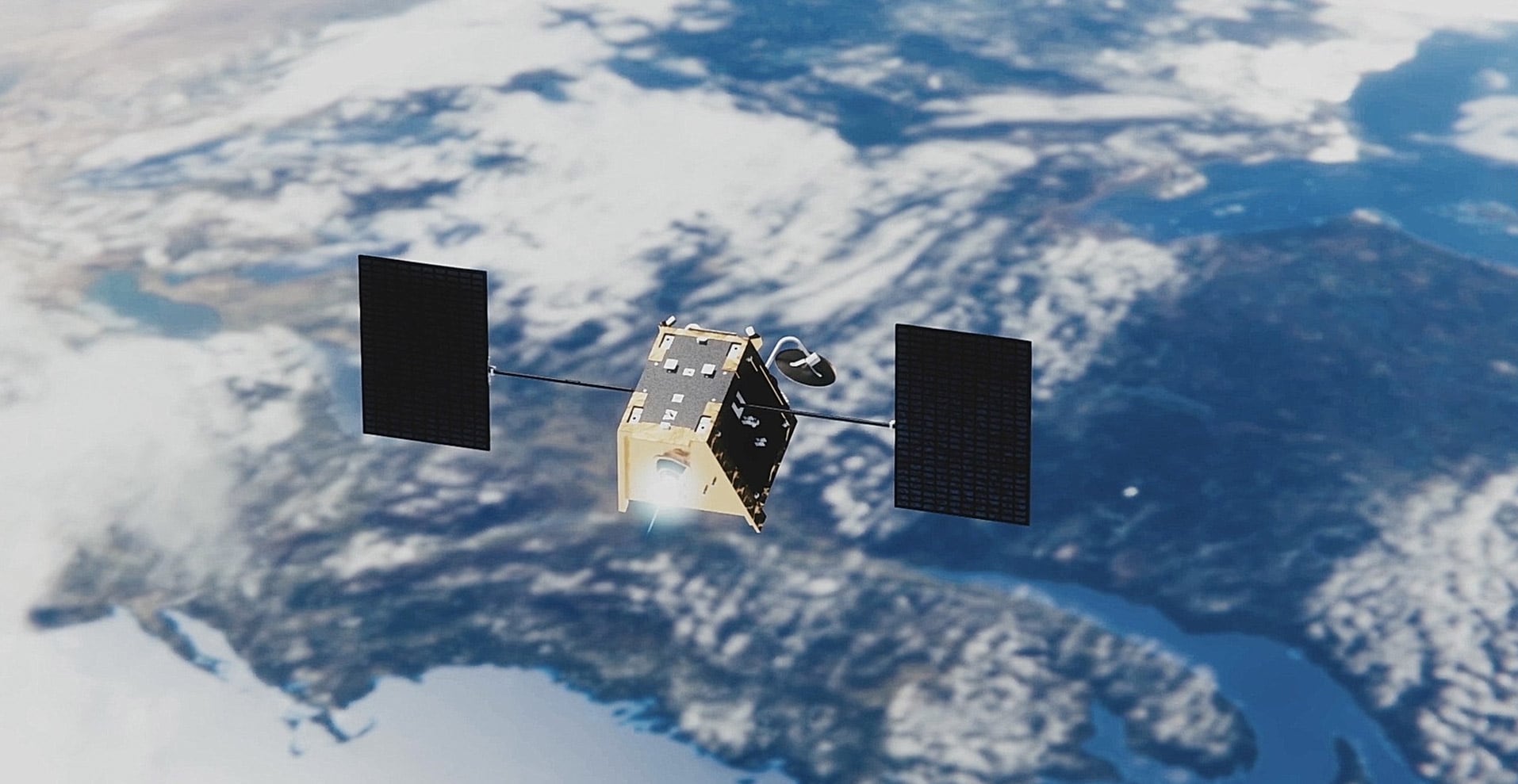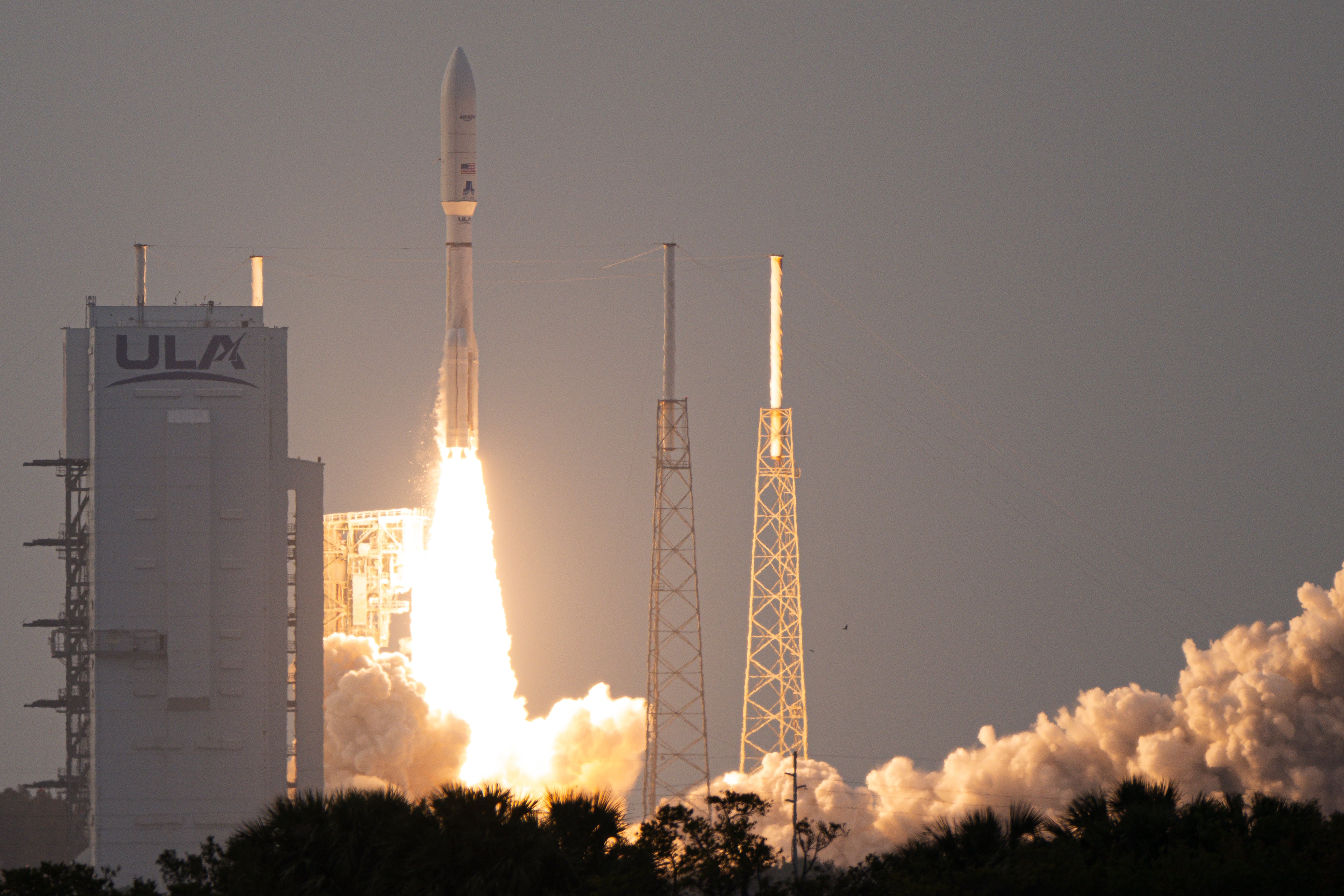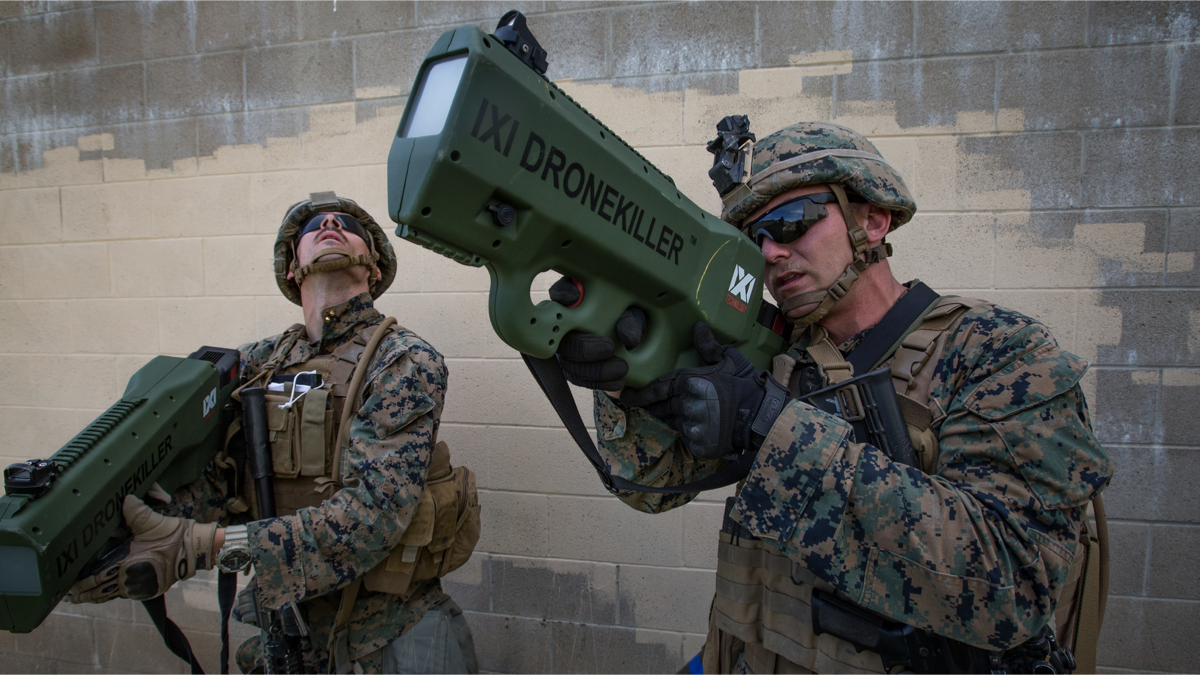It’s been six years since the U.S. General Services Administration announced its 15-year, $50 billion Enterprise Infrastructure Solutions contract to facilitate a shift away from the GSA Networx and Washington Interagency Telecommunications System regional services contracts.
EIS is a contracting vehicle designed to enable federal agencies to procure mission-critical telecommunications, infrastructure and technology services. It’s the path to modernizing the government’s IT infrastructure, implementing advanced cybersecurity and improving service to the public.
Of course, what was viewed as modern in 2017 seems outdated and insufficient by 2023 standards. That’s because the rate of technological change is swift. And not only do technologies change, but expectations change too. Users and constituents want seamless experiences, without excuses.
Prior to EIS, agency IT teams would design a dedicated network, outline its specs in a statement of work and release it for competitive bids, seeking the lowest cost technically acceptable. This approach shifted with EIS and the government’s desire to seek “best value” rather than lowest cost.
Today, when the Hughes team works with government agencies, we urge them to articulate their core objectives, needs and performance requirements in a procurement-driven Statement of Objectives. This approach enables them to take advantage of emerging technologies and capabilities, and not get locked into one specific technology, solution or vendor. When executed correctly, that is the brilliance of EIS. Agencies have a unique opportunity to explore and deploy a diverse range of networking technologies to meet the evolving needs of their users and branch locations.
Expanding Connectivity Options
One innovative technology gaining momentum — and available to government agencies eligible for EIS and other contract vehicles — is Low Earth Orbit satellite connectivity, which expands the number of broadband transport options and capacity available to agencies. LEO satellites orbit close to the Earth, enabling them to deliver a unique combination of low latency connectivity in even the most remote areas. They can support latency-intensive applications like videoconferencing, accessing a VPN or any activity that requires a snappy internet connection.
The Power of Hybrid Networks
While the emergence of LEO is garnering significant attention, other transport options like Geostationary satellites are still unmatched in their ability to deliver large amounts of affordable broadband capacity. While each transport offers varying coverage areas, speeds and performance levels, they no longer need to be viewed in isolation. Instead, agencies can now look at their needs and networking environments holistically.
Multi-transport or hybrid networking involves the integration of several different broadband technologies, including wired, wireless, satellite and more. This diversity allows agencies to leverage the strengths of each technology to address specific requirements. One of its benefits is built-in redundancy. If one network path experiences a failure or disruption, traffic can seamlessly switch to an alternate path, ensuring continuous connectivity and minimal downtime.
Hybrid networks also optimize bandwidth utilization by intelligently distributing traffic across available paths, minimizing congestion and ensuring the efficient use of resources. In addition to connecting remote workers and branches, hybrid networks featuring LEO services can support:
Multi-state emergency networks — Federal agencies with regional incident response centers that coordinate local, state and national teams and relief organizations during disasters can establish effective communications systems faster than ever before to support on-the-ground responders when terrestrial networks are destroyed or overwhelmed by demand. By creating a coverage area—that can span a few square miles to multiple counties to several states—an IRC can establish reliable communications with voice connectivity, internet access and video services. Capabilities can power two-way mobile communications for rescue personnel; serve pop-up medical care operations; provide hotspot connectivity for residents; and help local businesses resume operations.
Critical infrastructure monitoring — Agencies involved in border security, law enforcement and critical infrastructure protection can utilize hybrid networks to connect surveillance and monitoring systems, cameras, sensors and field facilities to safeguard energy grids, water supply and transportation systems.
National and international connectivity — Agencies focused on diplomacy, foreign relations and international cooperation can utilize hybrid networks to connect offices and embassies, at home and abroad. Especially in less developed nations where infrastructure may be lacking or non-existent, LEO connectivity can be mission critical.
Hybrid solutions coupled with EIS provide a flexible way to meet varied and complex government needs. As agencies continue to transition to EIS and modernize their networks, engaging with a Managed Services Provider can be beneficial. An MSP can help to reduce risk by bringing entire teams of experts to the task. Partnering with the right MSP––one that possesses the technologies and engineering prowess to deploy hybrid networks––can enable agencies to navigate the complexities of LEO transport integration and harness its full potential.
Broadband demands at government agencies have changed significantly since the EIS contracting vehicle emerged years ago. Meeting the growing demand for connectivity at even the most remote branch locations will take every kind of transport—including LEO, GEO and wireless transports. By diversifying their connectivity ecosystem, government agencies can ultimately improve constituent services while building greater resiliency into their networks.
James Clevenger is director of government sales and Hughes Network Systems, a Germantown, Maryland-based provider of satellite and network services to businesses and government.








